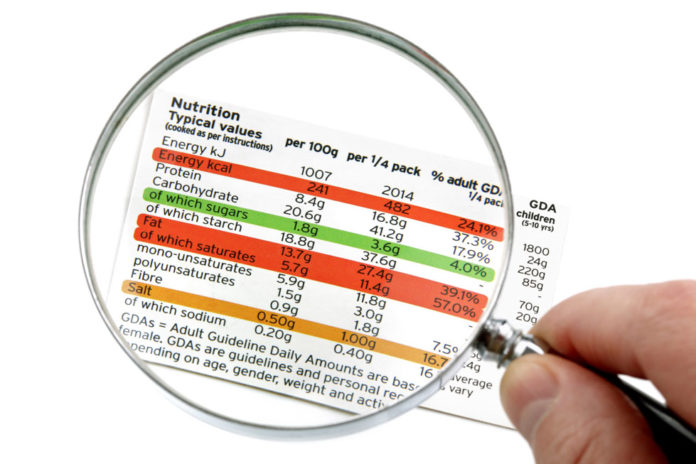
Last week, the U.S. Food and Drug Administration (FDA) proposed an update to its revisions of the Nutrition Facts Panel (NFP) on all pre-packaged goods. Now, these labels will include a percent daily value figure for added sugars.
These changes come alongside the release of the FDA’s new study, which looks at the effects of nutrition labels on consumer knowledge of sugar content. This research follows an extremely similar project by the International Food Information Council Foundation (IFIC) that was conducted last year.
During their study, the IFIC used the FDA’s nutrition labels to test consumer recognition of sugar levels. Their report found that when asked to identify this information, 92 per cent of consumers were able to do so correctly using the current label format – where “Sugars” are listed and “Added Sugars” are not – while only 55 per cent got it right when reading the proposed new label, which includes both figures. Data from the recent FDA study confirmed these findings; respondents were significantly more accurate in identifying the grams of sugars per serving using the current label (81 per cent) than they were with proposed label (65 per cent).
“A key question to answer in our consumer research is whether or not an ‘Added Sugars’ declaration on the NFP provides clear information that is well understood by consumers that would be used appropriately in efforts to make informed dietary choices,” says Kris Sollid, director of Nutrients Communications for the IFIC. “The short (and sweet) answer [is that] providing added sugars information significantly decreases the ability for consumers to accurately identify the total amount of sugars in a product.”













